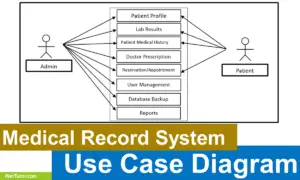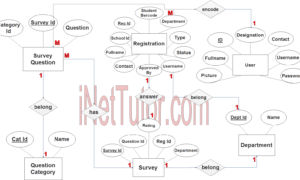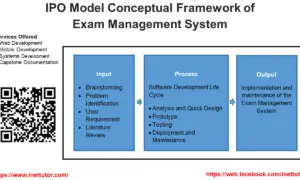Employee Performance Management System Conceptual Framework
This article will show you how to create a conceptual framework for the capstone project titled Employee Performance Management System. The input, process, output (IPO) model was used to create the conceptual foundation for this investigation.
About the Project
Table of Contents
Employees are one of the vital components that drive businesses to achieve business goals and success. Employee selection and evaluation are critical for every company to ensure right and suited employees are chosen. Companies need a systematic approach that is effective and reliable in choosing suited and competent employees and evaluating their work performance.
The capstone project, titled” Employee Performance Management System” is a system designed to replace the manual method of evaluating and selection process of employees. The system would assist in evaluating employee performance for management to identify and give credit to the organization’s hardworking members.
What is a Conceptual Framework?
A conceptual framework is a set of concepts that explain the problem and its solution. It helps you to think about the problem and it can help you to identify gaps in your knowledge.
A conceptual framework is a process of understanding what a client’s needs and wants are. It consists of four steps:
- Defining the problem
- Defining the goal
- Identifying constraints
- Identifying possible solutions
Objectives of the Study
- To develop a system that will facilitate the processes in evaluating the performance of employees.
- To develop a system that will provide support for recruitment/selection of applicants.
- The system will ease up the work of the HR department.
- The system will provide an accurate and reliable result for evaluation.
- The system is convenient to use and will provide hassle-free recruitment processes.
Conceptual Framework Diagram
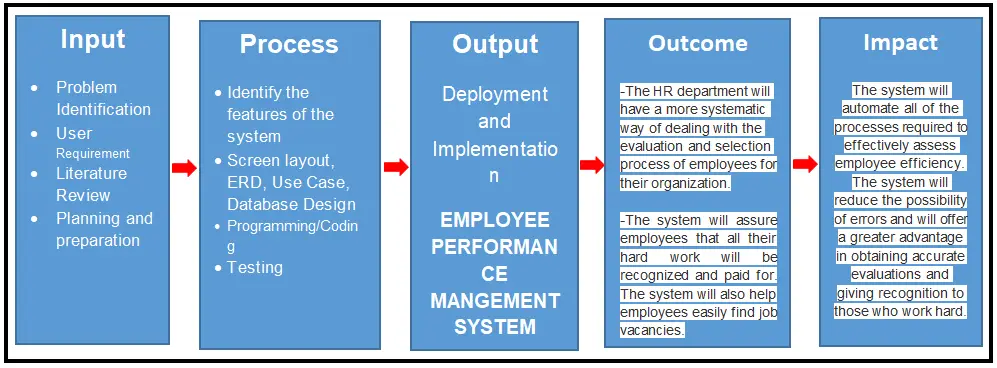
The study is guided based on the Logic Model Approach to design, develop, implement and basis for identifying and measuring the impact of the utilization of Employee Performance Management System.
Input
Problem Identification – the respondents of this study will be different companies. There are still companies who face difficulties in identifying the performance level of their employees and give credits.
User Requirement – this is the part where the researchers have gathered information on the specific features of the system. It is very important to consider their ideas since they will be the one to use the Employee Performance Management System.
Literature Review – the researchers have conducted researches and studies that are closely related to the propose system. This process will help the researchers in the development of the project or system.
Planning and Preparation – this is the part where the researchers will prepare the timeline and scheduled of activities for the entire project.
Process
Identify the features of the system – this stage of the process cycle is where the researchers enumerate the list of features to be included in the system based on the specified requirements needed by the end-users.
Screen layout – the researchers created a wireframe for every features and form design as well. User Interface of the project is the output for this part.
ERD – entity relationship diagram represents the structural data model of the project.
Database Design – the ERD will be converted into the actual database that will be used in the project, in this case the ERD will be converted into a SQL database.
Use Case – the researchers also prepares a diagram on what are the features the users can access.
Programming/Coding – The coding phase is the step in the process of developing an employee performance management system. It is where you will have to code your project to make it functional. This is the project comes into life; the project will be developed in PHP, MySQL and Bootstrap.
Testing – the project needs to be tested before it will be implemented with live data and information. The testing phase of the EPM system is the stage where the system is put to use, and it should be as close to reality as possible. This is why most organizations have a beta testing phase where they test out the system in real-world scenarios.
The job of the testers is to determine whether the program complies with all specifications, whether it operates as planned, and whether there are any problems or faults that need to be corrected. Pre-release testing, often known as an alpha test, is the first step in the testing procedure where known issues are checked for.
Output
Deployment and Implementation of Employee Performance System – the design of the implementation is parallel, which means that the current manual method will still be in use while the system is also up and running. The purpose of the parallel method is to compare the results of the manual to the result of the database system. Eventually the manual process will be abandoned and the full implementation of the system will took place.
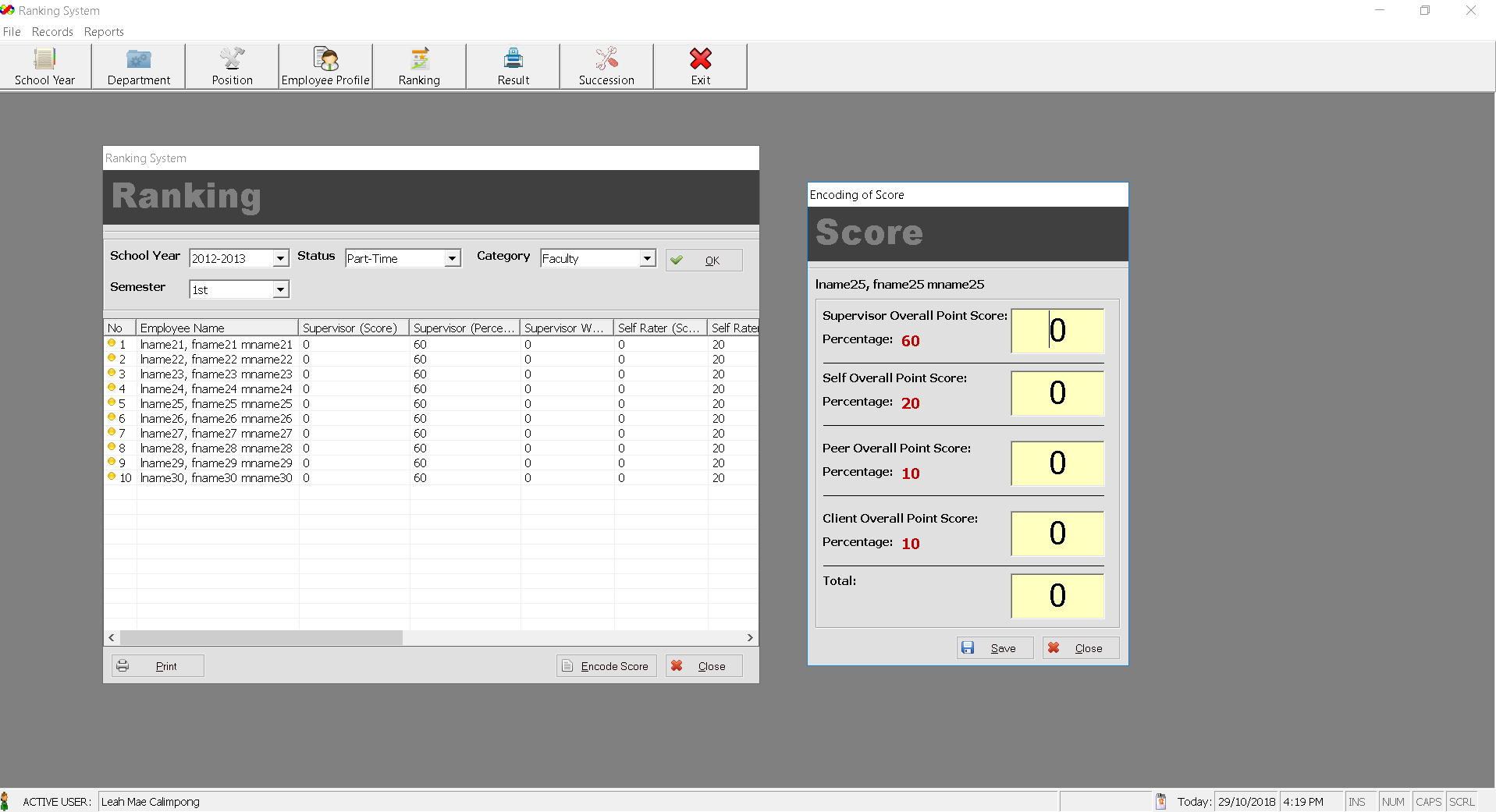
Outcome
A management information system is a tool that helps to manage an organization. It is used to store, retrieve, and analyze data.
A management information system has several benefits. It provides managers with the data they need to make decisions, it allows them to see how their organization is doing, and it provides feedback on what needs to be changed.
The following are the outcome of employee performance management system:
- The HR department will have a more systematic way of dealing with the evaluation and selection process of employees for their organization.
- The system will assure employees that all their hard work will be recognized and paid for. The system will also help employees easily find job vacancies.
Impact
The system will automate all of the processes required to effectively assess employee efficiency. The system will reduce the possibility of errors and will offer a greater advantage in obtaining accurate evaluations and giving recognition to those who work hard.
Summary
The capstone project, entitled “Employee Performance System” is designed to automate the management of employee performance in a company. The system will automate all of the processes required to effectively assess employee efficiency. This article focused on the development of the study’s conceptual framework. The researchers used the output, process; input (IPO) model plus they also defined the outcome and the impact of the project. The input phase is consists of Problem Identification, User Requirement, Literature Review and Planning and preparation. The process phase involves steps such as Identifying the features of the system, Screen layout, ERD, Use Case, Database Design, Programming/Coding and Testing of the program. After the development the project will be then deployed and implemented. As stated in the conceptual framework the study will have 2 possible outcomes such as The HR department will have a more systematic way of dealing with the evaluation and selection process of employees for their organization and will assure employees that all their hard work will be recognized and paid for. The system will also help employees easily find job vacancies. Overall, The system will automate all of the processes required to effectively assess employee efficiency. The system will reduce the possibility of errors and will offer a greater advantage in obtaining accurate evaluations and giving recognition to those who work hard.
Readers are also interested in:
Employee Performance Evaluation System ER Diagram
Employee Performance Evaluation System Database Design
Employee Performance Management
You may visit our Facebook page for more information, inquiries, and comments. Please subscribe also to our YouTube Channel to receive free capstone projects resources and computer programming tutorials.
Hire our team to do the project.
